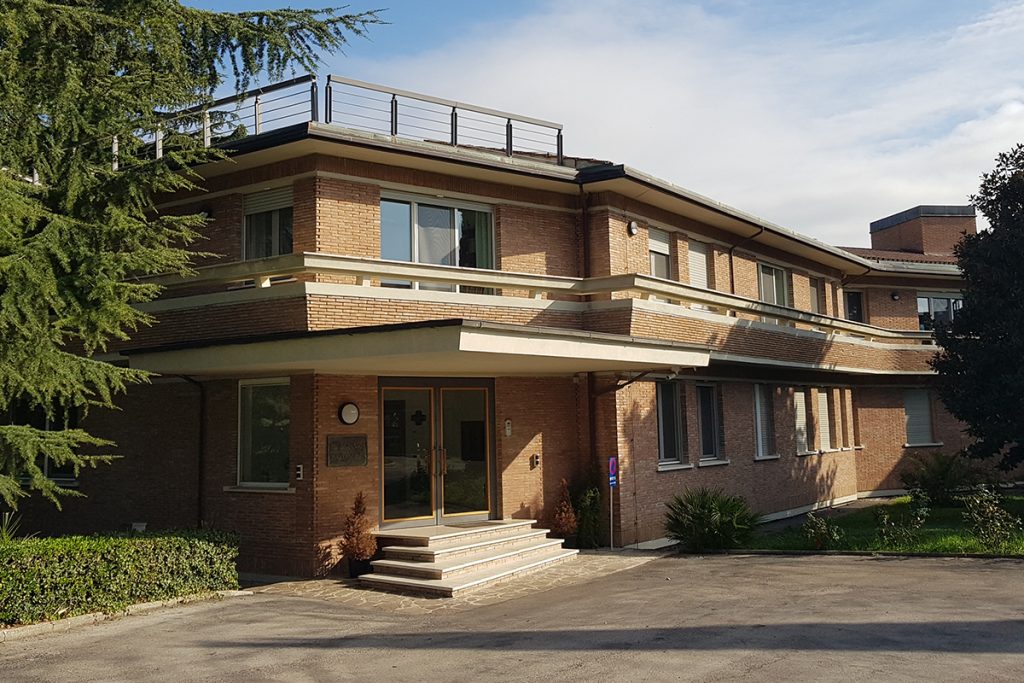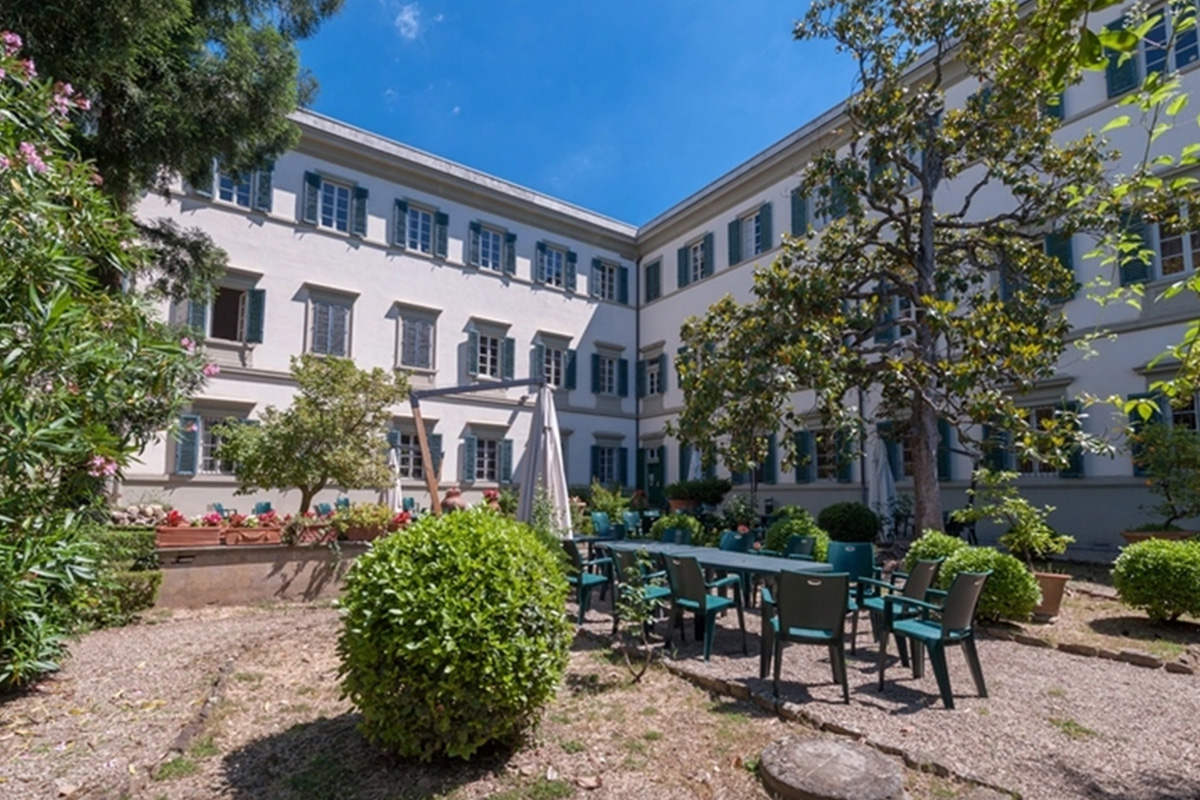|
Getting your Trinity Audio player ready...
|
- Selling church-owned properties can represent a turning point, but only if approached following a strategic plan.
- Vocational crisis and economic recession: a double knot that is difficult to untie and is causing a progressive dismissal of church properties.
- Assessing the utility of a property and choosing between generating revenue or alienation: let’s take a closer look at the first fundamental steps to give new life to church properties.
- Setting a market-aligned sales price is crucial to avoid devaluation and third-party interference. However, this is just the beginning—the true essence of alienation lies in a cultural shift.
The power of choice
The current crisis? It’s an opportunity. While this phrase may seem overused, it holds true when discussing the sale of church properties. Selling these assets can be a strategic solution to many of the complex challenges religious congregations face today.
The key word here is power. If the decision to sell a church property is not well thought out and strategically planned, it can become an emergency exit, leaving behind missed opportunities and a sense of defeat.
So, how can church property sales be structured most effectively? IMC specializes in answering this very question, developing intervention plans driven by foresight and long-term vision. The ultimate goal is to enhance the congregation’s real estate assets, ensuring they generate value in the most suitable and beneficial way.
READ ALSO: Religious congregations: practicality and future-focused vision
The current situation of religious congregations in the West
Religious Congregations in the Western world face two major challenges: declining vocations and economic recession. These trends – rooted in societal and ecclesiastical changes over recent decades – have resulted in a widespread decrease in occupancy of religious properties, sometimes leading to their complete abandonment. This has driven an increasing number of large-scale property sales in both Europe and the United States, with buildings ranging in size from 3,000 to 12,000 square meters being sold, while congregations seek smaller ones ranging from 1,800 to 2,800 square meters. The vastness of these properties presents economic, maintenance, and social challenges. Many aging religious members are left to manage massive structures that are no longer suitable for their needs. The financial burden of maintaining these properties is the most visible issue, but it is far from the only one.
Emerging scenarios and opportunities
The picture changes considerably when we look beyond Europe and the United States. In regions such as Africa, the Far East, and South America, religious vocations remain steady, and communal religious life continues to thrive.
Italy, in particular, remains a key destination for international religious education. The Vatican and theological universities in Rome—such as the Gregorian, Urbaniana, and Lateran—continue to attract new vocations. The Vatican and theological universities in Rome – such as the Gregorian, Urbaniana, and Lateran – continue to attract new vocations. Additionally, Italy poses fewer visa-related challenges compared to many other countries, facilitating the movement of religious members. This flow of religious trainees prompts new reflections on the use and future of church properties in Italy. So how should they be managed, and what direction should we take?
Selling Church properties: yes or no?
When considering the sale of church-owned properties, the two fundamental steps are:
● Assessing the current utility of the property.
● Deciding whether to generate income from the property or sell it, if it no longer meets the needs and financial means of its occupants.
If the decision is made to sell, the Administration of the Patrimony of the Apostolic See (APSA) has the right of first refusal and the right of pre-emption. Additionally, moral priority should be given to other religious congregations or nonprofit organizations in need of space for their social missions, as long as they are ready to pay their market value.
This is where the true potential of property divestment begins to take shape. By converting an unused property into something new and valuable for society, religious organizations can relieve themselves of an unsustainable burden while gaining financial resources to reinvest in projects aligned with their mission and values. This is the true turning point.
READ ALSO: Permission of the Holy See for religious congregations: what you need to know
The risks of selling and alienation as a cultural shift
The primary risk in selling church properties is third-party interference – which occurs when the property’s sale price does not reflect its true market value. To avoid undervaluation, the sale price must be professionally appraised according to internationally recognized standards such as Red Book RICS, International Valuation Standards (IVS), and International Property Measurement Standards (IPMS).
Another significant challenge in property alienation stems from emotional and sentimental resistance within congregations. Such concerns are understandable – after all, selling a property represents a radical change, particularly for those who have spent their entire lives in the same convent or religious house. For this reason, alienation is not just a financial transaction; it is also a cultural shift. Congregations must understand that owning multi-million-dollar properties makes little sense if they lack the financial resources to sustain themselves or their mission.
The value of experience
In conclusion, selling a church property does not always signify defeat – provided it is done correctly. This means setting the right price, considering the congregation’s entire real estate portfolio, planning ahead, and, whenever possible, prioritizing religious buyers over lay ones. If selling to a lay buyer becomes the only option, preference should be given to those who will use the property for socially beneficial activities, such as healthcare or education.
The sale of a religious property requires a unique blend of technical expertise and soft skills. A deep understanding of the sector, effective financial forecasting, and comprehensive risk assessment are essential. At the same time, sensitivity, diplomacy, and the ability to bridge different perspectives play a crucial role. Ultimately, a well-structured property sale ensures the preservation of a building’s history, spirituality, and values – elements that will not be lost if the transition is managed wisely and thoughtfully.










